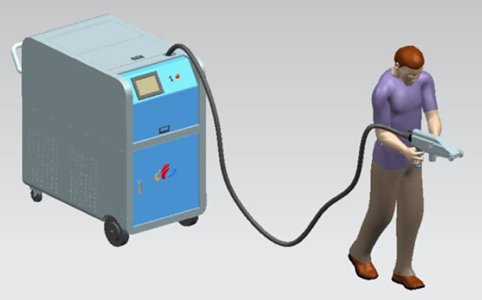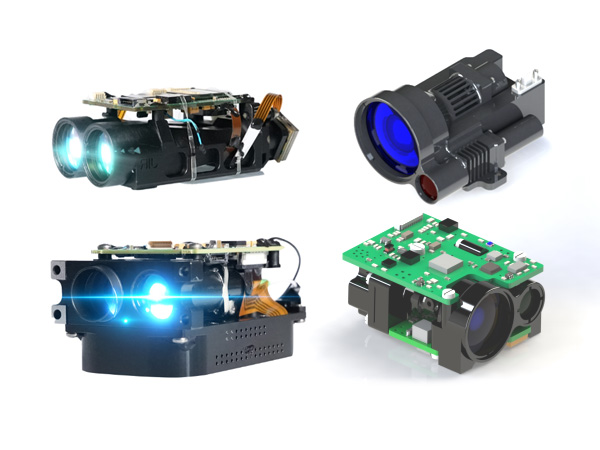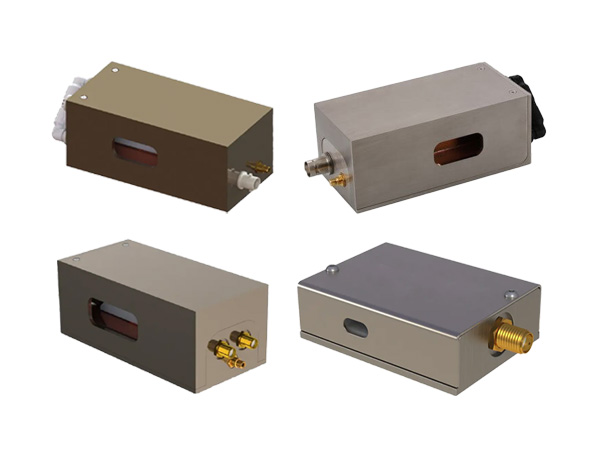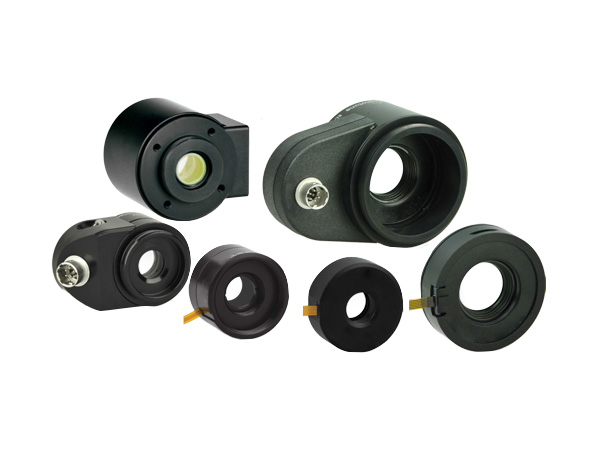An Overview of VCSELs
Vertical-Cavity Surface-Emitting Lasers (VCSELs) are a type of semiconductor laser that emits light perpendicular to the surface of the chip. Their development has revolutionized various industries due to their unique properties and potential applications.
VCSELs operate based on the principle of stimulated emission of photons in a vertical cavity formed by two distributed Bragg reflectors (DBRs). The cavity is short, allowing for low threshold currents and high-speed modulation. Some of the notable features of VCSELs include low power consumption, high efficiency, circular output beam, on-wafer testing capability, and ease of integration into arrays.
Vertical-Cavity Surface-Emitting Lasers (VCSELs) differ from other types of lasers in several key aspects:
Emission Direction: VCSELs emit light perpendicularly from the surface of the semiconductor chip, while most traditional lasers, such as edge-emitting lasers, emit light along the edge of the chip.
Fabrication Process: VCSELs often have a simpler fabrication process compared to some other laser types. This enables easier manufacturing and potentially lower costs.
Beam Characteristics: VCSELs typically produce a circular and symmetrical output beam, which is highly desirable in many applications. In contrast, the beam shape of other lasers may vary and may require additional optics for beam shaping.
Threshold Current: VCSELs generally have a lower threshold current, meaning they require less electrical current to start lasing. This leads to lower power consumption.
Modulation Speed: They offer higher speed modulation capabilities, making them suitable for high-speed data communication and optical interconnects.
Integration: VCSELs are more easily integrated into arrays, allowing for multiple lasers to be fabricated on a single chip. This is not as straightforward with many other laser designs.
Temperature Sensitivity: Some VCSELs may have better temperature stability compared to certain other laser types, although this can vary depending on specific designs and materials.
Cost: Due to their fabrication simplicity and potential for mass production, VCSELs can often be more cost-effective than some other specialized laser technologies.
However, it's important to note that the choice between VCSELs and other laser types depends on the specific requirements of the application. Each type of laser has its own advantages and limitations, and the selection is made based on factors such as performance, cost, and integration needs.
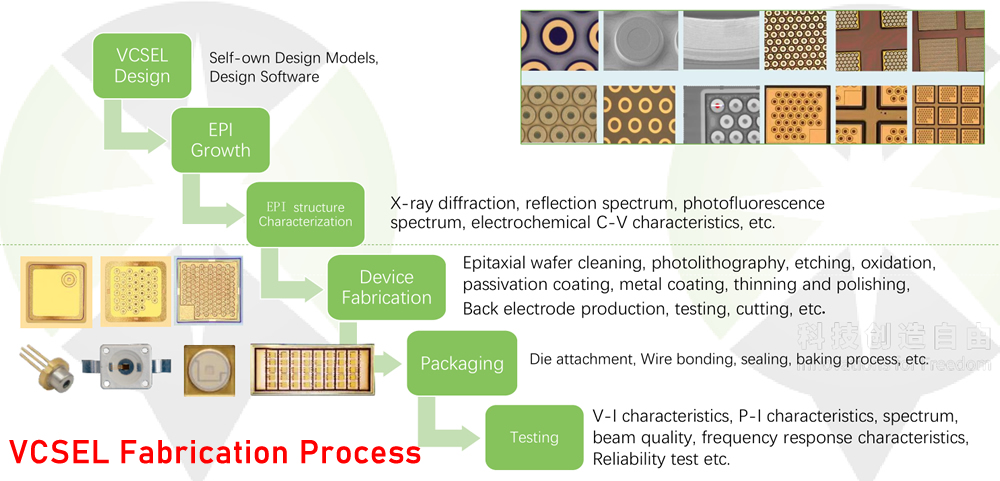
The main applications of Vertical-Cavity Surface-Emitting Lasers (VCSELs) include:
Data Communication: They play a crucial role in high-speed data transmission within data centers and short-range optical links. Their high modulation speed and low power consumption make them ideal for enabling rapid and efficient data transfer.
3D Sensing: VCSELs are widely used in 3D facial recognition systems found in smartphones and other devices. They provide the light source for depth mapping and enable accurate 3D imaging.
Automotive: In automotive applications, VCSELs are employed in advanced driver assistance systems (ADAS), such as lidar for obstacle detection and autonomous driving.
Optical Sensors: They are used in various optical sensing applications, including proximity sensors and gesture recognition sensors.
Augmented and Virtual Reality (AR/VR): VCSELs contribute to the accurate tracking and immersive experience in AR/VR headsets.
Wireless Charging: Some wireless charging technologies utilize VCSELs for precise alignment and efficient power transfer.
Biomedical: In biomedical fields, they can be used in medical imaging and diagnostics.
Industrial Automation: VCSELs are employed in industrial sensing and measurement systems for quality control and process monitoring.
The unique properties of VCSELs, such as low power consumption, high speed, and compact size, make them valuable in these and other emerging technologies.

VCSELs have proven to be a vital component in modern technology, and their continuous development holds great promise for shaping the future of photonics and related fields. Further advancements are expected to unlock even more innovative applications and drive technological progress.
Our VCSELs cover the following items:
High-Power:
Up to 500mW (TO56) or 6W (TO9) CW output.
Pulsed output reaching 10-100W.
Integrated lens, photodiode, and TEC for control and regulation.
Single Mode:
Wavelengths: 780nm, 808nm, 850nm, 940nm.
Up to 2mW per emitter.
Single-mode Array:
Multiple single-mode lasers on a single chip.
High power, excellent beam quality, and design flexibility.
Ideal for motion detection, eye tracking, and industrial inspection.
Fiber Coupled:
850nm and new 1060nm options.
Superior signal-to-noise ratio and responsivity.
Designed for data communication and sensing applications.
For more information on VCSELs, please click here.
 English
English Français
Français Deutsch
Deutsch euskara
euskara Русский язык
Русский язык Italiano
Italiano Português
Português Nederlands
Nederlands Polski
Polski Greek
Greek Lietuva
Lietuva Türkçe
Türkçe 日本語
日本語 한어
한어 中文
中文 தாமில்
தாமில் فارسی
فارسی हिंदी
हिंदी Tiếng Việt
Tiếng Việt ภาษาไทย
ภาษาไทย Pilipino
Pilipino Indonesia
Indonesia தாமில்
தாமில்

